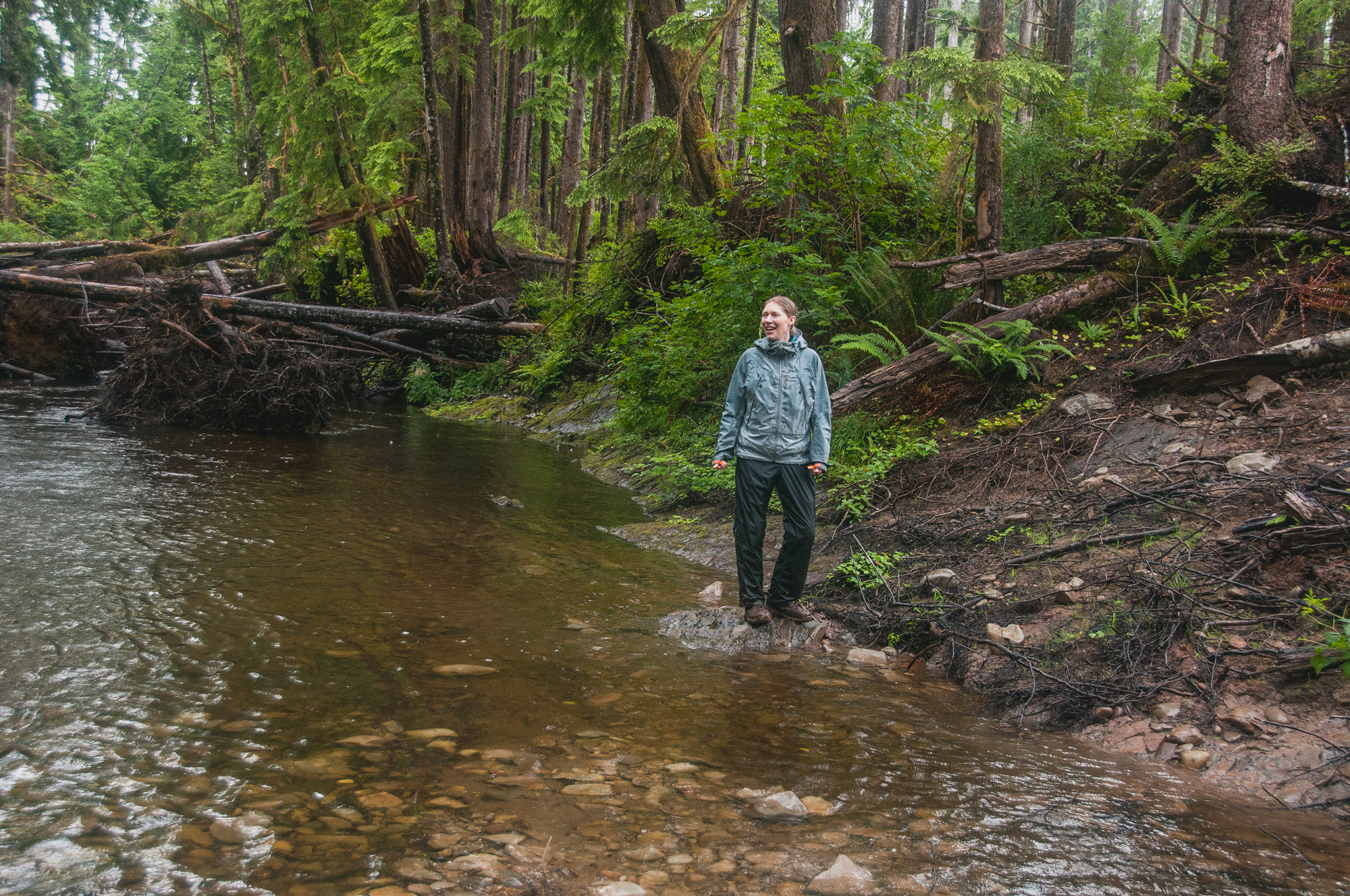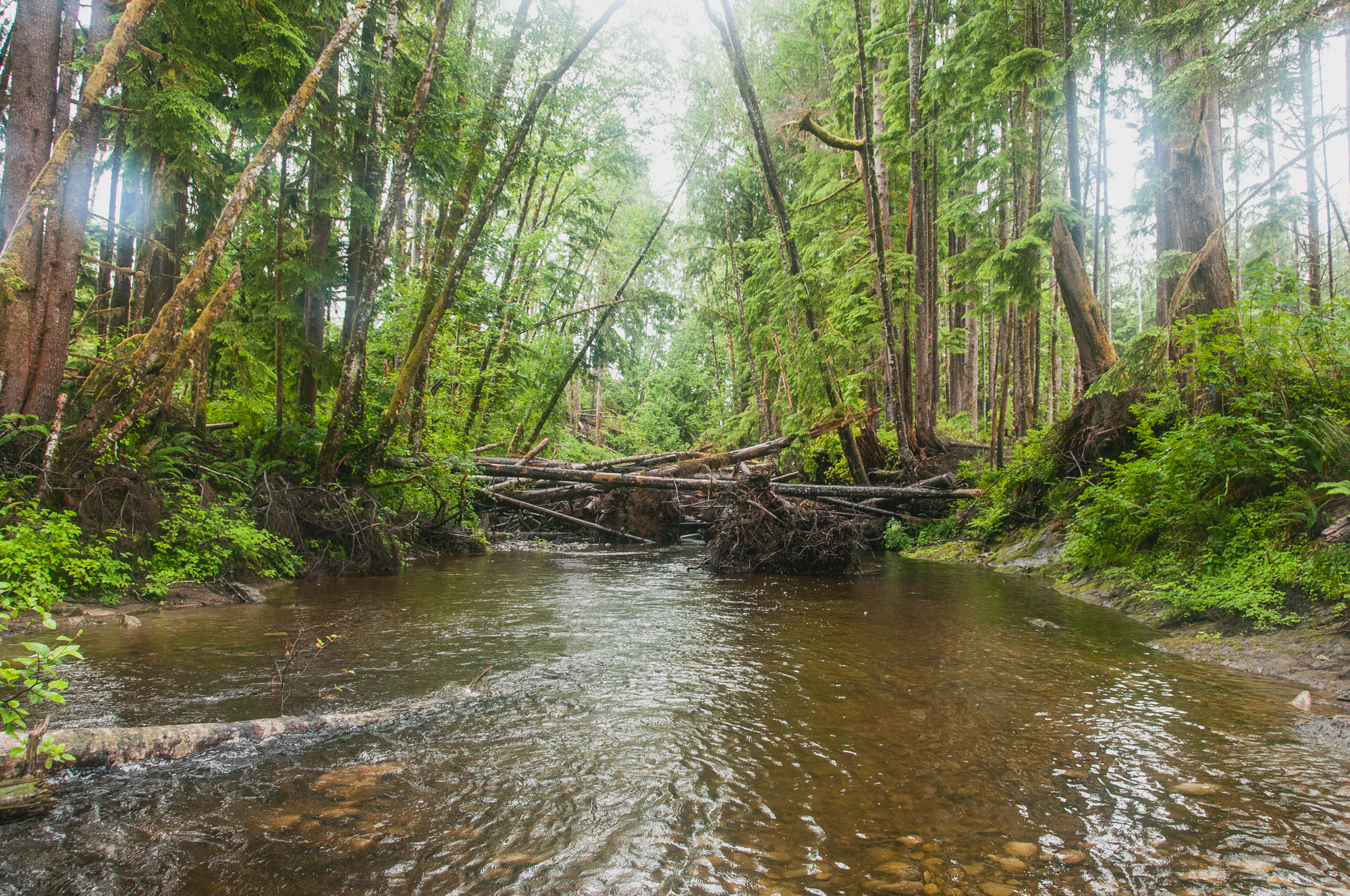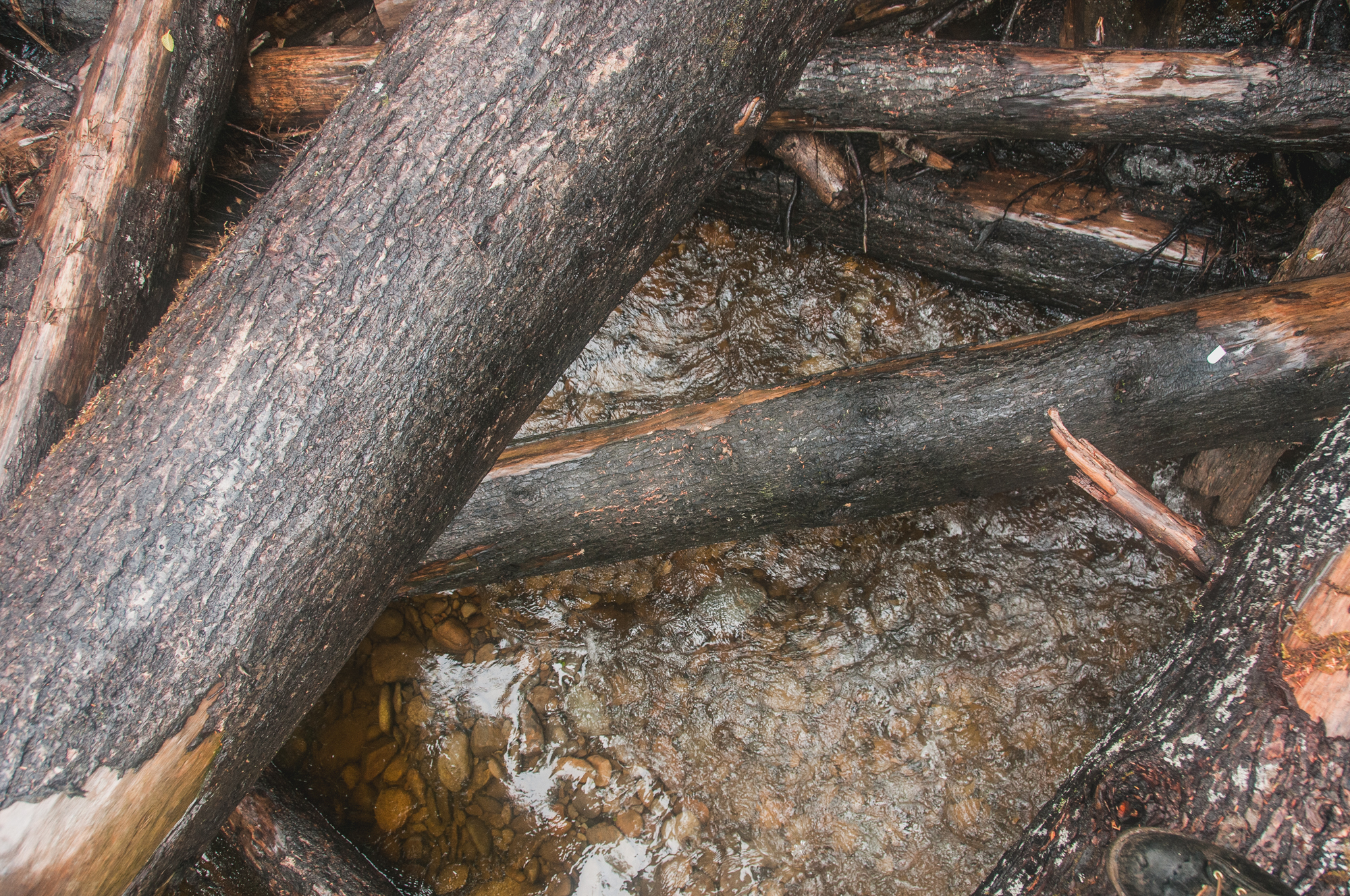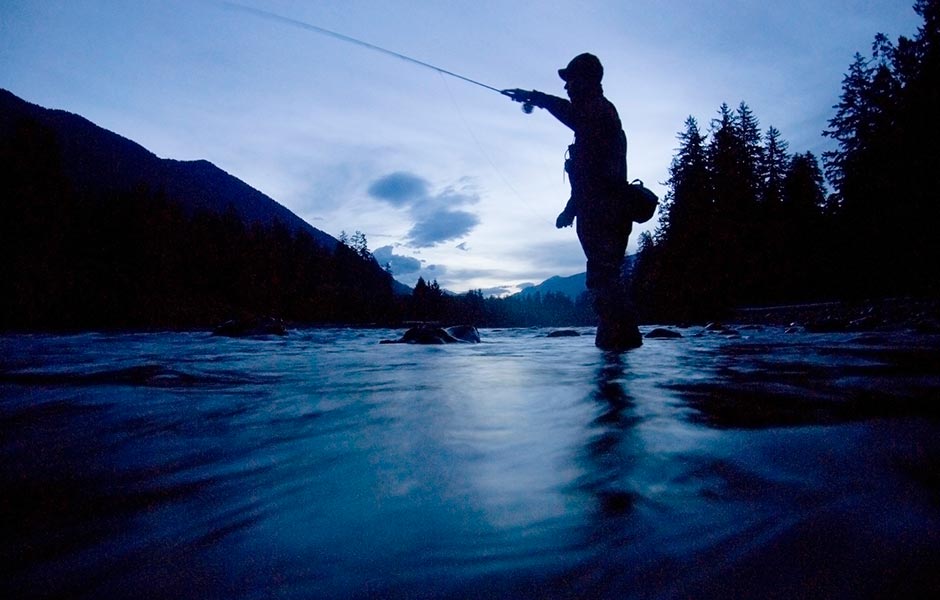Hoh River acquisition will help protect Olympic Peninsula
FORKS, WA- The Nature Conservancy has purchased 3,184 acres along the Hoh River near the Washington coast from Rayonier, the two organizations announced today.
The purchase is part of a Nature Conservancy initiative to increase salmon populations, promote sustainable economies and restore temperate rainforest on the Washington coast.
This $7,004,800 acquisition, which closed Monday, March 30, builds on work by the Hoh River Trust, which owns 6,800 acres along the Hoh River, to create a 32-mile conservation corridor extending from Olympic National Park to the Olympic Coast National Marine Sanctuary. Home to old-growth and temperate rain forest, the Hoh River corridor provides critical habitat for marbled murrelet, northern spotted owl, bald eagle, and bull trout. It also supports some of the healthiest native salmon and steelhead runs in the lower 48 states.
“On the Washington Coast, generations have drawn their livelihoods from a wealth of natural resources—abundant salmon and trees that grow faster than anywhere else in the world,” said Mike Stevens, Washington State Director for The Nature Conservancy. “We’re working with local communities to ensure that these wild salmon rivers and forests will continue to provide recreation and sustainable livelihoods for generations to come.”
“The Hoh River Trust is pleased to welcome The Nature Conservancy to the Hoh Valley,” said Randy Messenbrink of Forks, president of the Hoh River Trust. “Just as we have endeavored to create a restored and open land corridor we are confident The Nature Conservancy holds these shared values and bring a great synergy to the Hoh River, the Forks community and the greater West End.”
“We’re pleased to again partner with The Nature Conservancy to preserve, for future generations, this important regional forest landscape and the fish and wildlife habitat it will protect,” said David Nunes, Rayonier president and CEO. “In addition to safeguarding salmon habitat, this project connects a large forested landscape from the mountains to the sea. The responsible stewardship provided by generations of Rayonier foresters since the 1940s makes this partnership possible. I would like to thank and acknowledge the collaborative work between the Conservancy and our team for their creative and innovative approach to this transaction resulting in an economically viable agreement that will not only keep the land ecologically healthy, but also in a forestland cover.”
This acquisition is made possible with support from the Wyss Foundation, the Norcliffe Foundation, and other private donors and supporters.
“Everyone should have the chance to gaze up at the towering cedars of the Olympic Peninsula and experience the wild steelhead runs of the Hoh River,” said Hansjörg Wyss, who started the Wyss Foundation in 1998. “Thanks to the foresight and leadership of local communities, future generations will be able to hike, hunt, and explore the remarkable rainforests of the Hoh River from its source in Olympic National Park all the way to the Pacific Ocean.”
The Hoh is one of four major river systems flowing from summit to sea in the Olympic rainforest. It is expected to offer Pacific salmon and steelhead some refuge from the impacts of climate change.
The Conservancy has also purchased and is restoring forest lands on the Queets and Clearwater rivers, and is working with the Quinault Indian Nation for restoration of forests on the Quinault River. Together with the earlier acquisitions on the Queets and Clearwater rivers, the Conservancy is now managing 11,130 acres of forest lands in Jefferson County. Conservancy foresters and ecologists have developed long-term plans that include planting trees, restoring important salmon and wildlife habitat, and sustainable long-rotation timber harvest where it makes sense, said Stevens. All these activities generate jobs in coastal communities.
The Conservancy plans to maintain a forest designation and pay property taxes on this land.
Farther south on the Washington Coast, the Conservancy owns and manages nearly 8,000 acres at the Ellsworth Creek Preserve adjoining Willapa National Wildlife Refuge on Willapa Bay. The Conservancy also owns 47,921 acres of forest land in the Central Cascades east of Snoqualmie Pass.
All the Conservancy’s land on the Washington Coast continues to be open to public and tribal use for hunting, fishing, traditional gathering of plants and medicines, boating, birding, hiking, and other coastal outdoor activities.
The Nature Conservancy is a leading conservation organization working in Washington and around the world to protect the lands and waters on which all life depends. Visit The Nature Conservancy’s Washington Program on the web at washingtonnature.org.
Rayonier is a leading international land resources company primarily engaged in timberland management and the sale of real estate. Rayonier owns, leases or manages approximately 2.7 million acres of timberlands located in the U.S. and New Zealand. Rayonier is structured as a real estate investment trust. To date, Rayonier has joined with conservation experts to ensure more than 200,000 acres of forestland will remain in conservation for future generations. More information is available at www.rayonier.com.





































